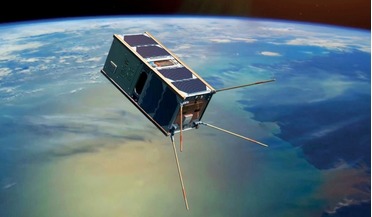 September 2017
Australia’s ambitious home-grown space industry
September 2017
Australia’s ambitious home-grown space industry
... at the Internet of Things World 2017 conference, in Santa Clara, USA. Inovor’s Matthew Tetlow works on the SUSat nanosatellite. Inovor Technologies is a small agile space start-up, founded in 2012 by Matthew Tetlow, who is also the Chief Technology...
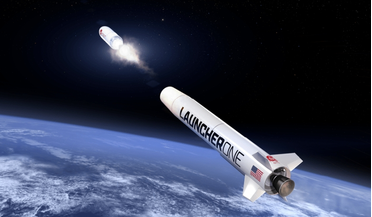 April 2018
Transforming the launch market for small spacecraft
April 2018
Transforming the launch market for small spacecraft
... step rise occurred in 2006 and the second in 2013. In both cases the rise is mainly due to an increase in nanosatellite class (up to 10 kg) numbers. Since 2013 these numbers have been prone to large fluctuations, demonstrating that, at present, the...
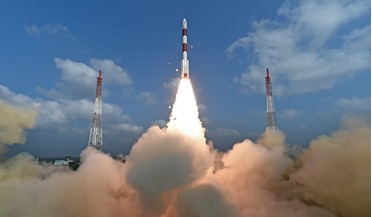 May 2017
India confirms commercial launch intent
May 2017
India confirms commercial launch intent
... 713 kg Cartosat-2 satellite which will be used for cartographic and remote sensing purposes, and two ISRO nanosatellites weighing 8.4 kg and 9.7 kg respectively. The additional 101 foreign micro and nano-satellites were from the US, Dubai...
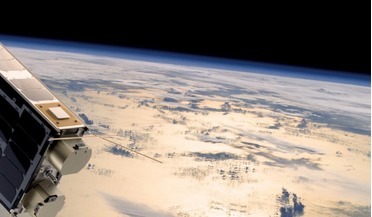 January 2020
Satellite-based IoT - the race is on
January 2020
Satellite-based IoT - the race is on
..., field emergency rescue, vehicle and ship monitoring and logistics tracking. Swiss company Astrocast plans a network of 80 nanosatellites to give two-way global coverage via L-band, in particular to the 90 percent of the globe currently not covered...
 March 2015
A boom and a (possible) bust in small spacecraft production
March 2015
A boom and a (possible) bust in small spacecraft production
... growing microsatellite market. It is expected that between 2014 and 2015 they will launch up to 366 micro- and nanosatellites, which will account for up to 56% of the SSC market in this segment4. Another market player developing small spacecraft...
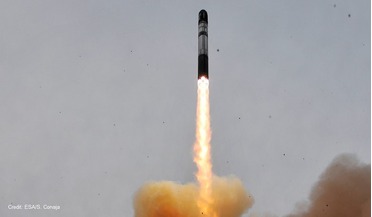 October 2015
Russian business: a long road to the stars for private space initiative
October 2015
Russian business: a long road to the stars for private space initiative
...’t the last Russian satellite. In 2014, two Perseus-M nanosatellites and a DX-1 microsatellite were launched by the satellite-building... trend. Dauria and Sputnix are making micro and nanosatellites. Tablesat-Aurora, Perseus-M, and DX-1 are already ...